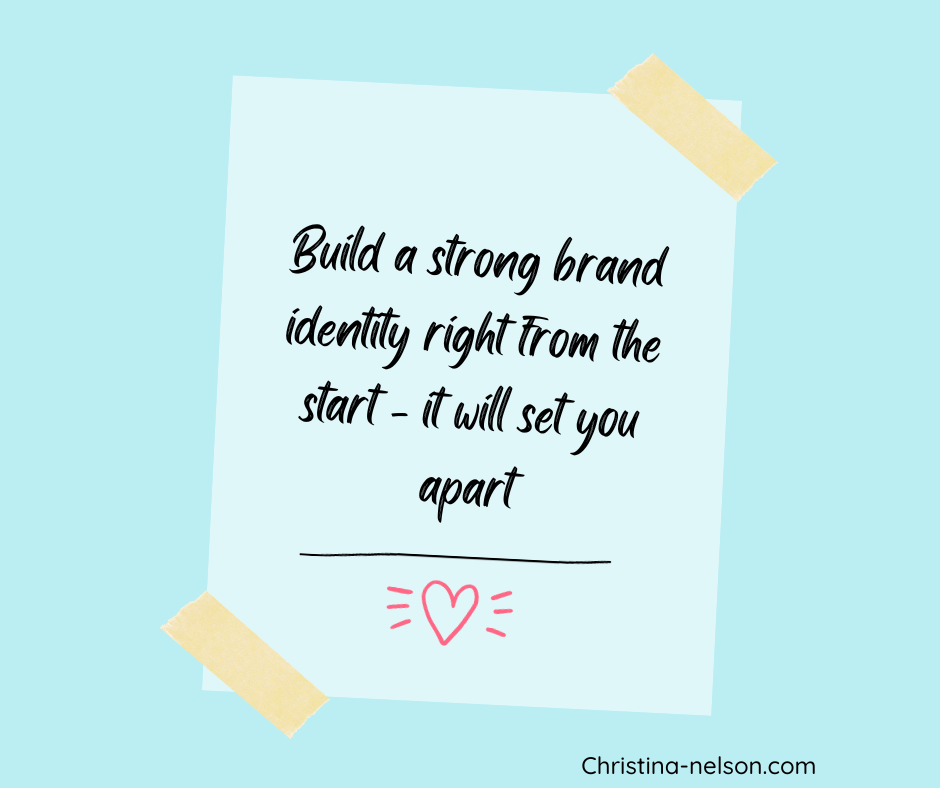Developing a strong, recognizable brand identity from the very start of your business is critical for setting yourself apart in the marketplace. But what exactly does it mean to build a “strong brand identity” and how do you do it?
In this post, I’ll outline the 5 essential steps for establishing a stellar brand identity right out of the gate:
Define Your Brand Mission and Values
Your brand mission and values serve as an internal compass, guiding all aspects of your brand identity. Start by asking yourself:
- What is my brand’s purpose and impact? What problem does it solve?
- What principles or beliefs represent my brand?
Clearly articulating your mission and values will inform other identity elements like logo, visuals, and messaging. For example, TOMS Shoes’ mission to provide shoes for children in need drives all their branding efforts.
Craft Your Logo
Your logo is one of the most vital visual representations of your brand identity. An effective logo should be:
- Memorable – Makes an instant impression
- Versatile – Works across applications
- Timeless – Has longevity
Keep it simple and distinct. The iconic Nike “swoosh” logo embodies the brand’s athletic heritage in a bold, streamlined symbol.
Choose Your Color Palette
Colors say a lot about a brand. Limit your palette to 2-3 primary hues that align with your brand personality and industry. Tiffany & Co’s signature robin egg blue evokes elegance and luxury.
Pro tip: Avoid overused colors like red, blue or green unless they strongly represent your brand. Go for unique shades to stand out.
Establish Your Brand Voice and Tone
Your brand voice is your distinct communication style. Outline guidelines for word choice, messaging, storytelling, etc. that all reps can emulate.
Dove uses an inspirational, personal tone focused on beauty and self-esteem. Align your tone with your mission.
Create Visual Brand Assets
Images, graphics, fonts, packaging and more should all cohesively represent your brand identity. Apple is known for sleek, minimalist visuals that align with their brand values.
Aim for consistency across assets. They should unite to form one strong visual identity.
Outline Brand Identity Guidelines
Finally, document your brand identity standards including colors, fonts, logos and voice into brand guidelines that all teams can reference. This ensures continuity as you scale.
By taking the right steps to establish a strong sense of who you are, what you value and how you communicate, you can build an instantly recognizable brand identity that helps you stand out from competitors right from the start.
